8 Biggest Data Center Trends And Technologies To Watch For In 2020
CRN breaks down the eight most important data center technologies and trends to keep an eye on in 2020.
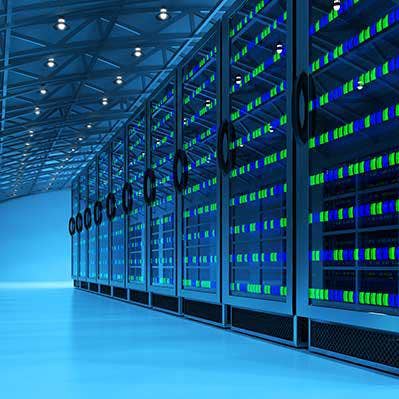
The Most Important Data Center Trends To Know In 2020
The data center market is changing in terms of who the owners are, the technology innovations being built and how customers buy and manage the data center products. Data centers are becoming even more important due to massive data demands that will spike to new levels in 2020 through the explosion of new Internet of Things devices and edge computing needs.
Enterprise spending on their own data center hardware and software has been stagnant for a large part of the last eight years, while spending on cloud infrastructure services – such as Platform-as-a-Service and hosted private cloud – has skyrocketed. Additionally, containers and Kubernetes are looking to shake up the data center market this year with players like IBM and VMware investing billions with the hopes of becoming the dominant leader.
CRN breaks down the eight most important data center tends and technologies to watch for in 2020.
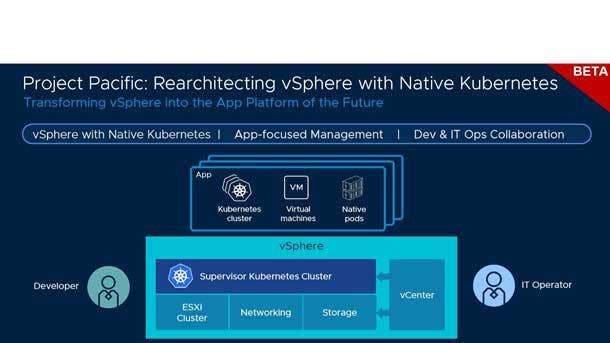
VMware Makes Kubernetes Simple With New vSphere
Many believe that containers are the future for virtualization in the data center as it offers several benefits compared to virtual machines including the ability to integrate easily into DevOps while also standardizing the deployment and runtime model for applications and services. With containers and open source Kubernetes benefitting software development and deployments, VMware is poised in 2020 to launch a breakthrough Kubernetes-native vSphere platform.
Project Pacific will untie vSphere and Kubernetes to create a platform for modern applications that offers consistency across all different environments. The new vSphere will empower operators and developers to accelerate innovation by converging containers and VMs into vSphere with native Kubernetes.
“We’re putting Kubernetes right into vSphere,” said Dell Technologies CEO Michael Dell in an recent interview with CRN. “It’s incredibly powerful to be able to manage virtual machines and Kubernetes clusters all from the same console and framework that all [vSphere] customers are already use too.”
Kubernetes can be complex and take time to be implemented correctly. VMware will make deploying Kubernetes clusters simple by infusing it into vSphere in 2020.

Edge Computing Plays A More Important Role With 5G Rollout Ahead
Edge computing will play its most important role ever in 2020 as more Internet of Things devices and real-time data analytic services will be needed at the edge. This year, there will be more applications requiring computing closer to the end users than ever before.
5G infrastructure didn’t get jump started in 2019, but as new devices and 5G networks are expected by the end of this year, enterprises will expand their edge computing business to make 5G a reality. With 5G network speeds expected to be upwards of 10 times faster than 4G, business who want 5G will need to invest in edge computing.
According to IT research firm Gartner, by 2022, 75 percent of enterprise-generated data will be created and processed outside of a traditional data center or cloud, up from less than 10 percent in 2018. Edge computing pushes core processing functions to the specific location where it is needed which is often at the edges of a network.
Look to see how much customers invest this year in the edge because it enables better performance, minimizes latency, increases operational efficiency and makes 5G possible.
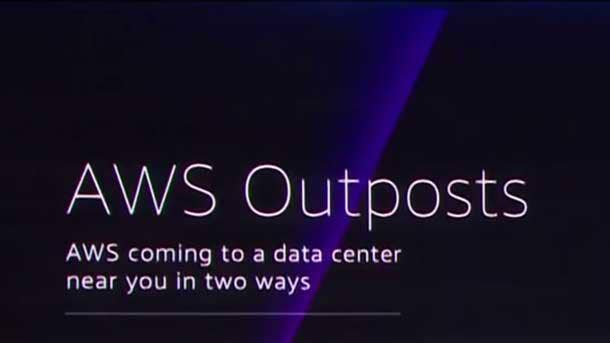
Amazon Continues Data Center Tear
Amazon was arguably the biggest data center winner in 2019 from both a construction point of view as well as making a splash in the market.
In late December, Amazon made its first ever data center hardware architecture, AWS Outposts, generally available in the market. AWS Outposts offers AWS EC2 instances and EBS block storage as well as two hosted container services, ECS and EKS, with plans to add S3 storage in the first half of 2020. The solution comes in two variants: AWS Native for customers that want to use AWS APIs and control plane; and for those who want to use a VMware control plane, possibly in conjunction with VMware Cloud on AWS.
Everyone will be keeping a watch this year around how AWS Outposts preforms against the likes of Dell Technologies and Hewlett Packard Enterprises in the data center infrastructure market.
Not only is the public cloud titan creating new data center technology, but it is investing tens of billions of dollars annually to build new hyperscale data centers to meet the demand for cloud services and infrastructure. Hyperscale data centers house tens of thousands of servers and hardware and millions of virtual machines.
AWS doesn’t appear to be slowing down data center build-out in 2020, as the company recently bought land in the world’s largest data center market.

Enterprises Change Their Data Center Strategy
Enterprises are adopting colocation and managed hosting services as opposed to running or buying a data center of their own.
For the first time ever, enterprises are now spending more money annually on cloud infrastructure services than on data center hardware and software, according to new data from Synergy Research Group. From 2009 to 2019, annual spending on cloud infrastructure services has gone from virtually zero to almost $100 billion, growing 56 percent annually. During the same 10-year time period, enterprise annual spending on data center hardware and software grew only 4 percent on average.
As enterprises pivot away from owning their own data center, colocation providers and cloud infrastructure service providers are architecting solutions to optimize hybrid deployments. Enterprises are also moving to a decentralized infrastructure that accommodates distributed workflows from multi-cloud to edge as businesses need to be closer to their points of data.
One of the most important trends will be to see how much enterprise spending moves away from traditional data centers in 2020.

Can Hyperconverged Infrastructure Exceed $10B Mark?
Hyperconverged infrastructure is becoming the standard for modern software-defined data centers compared to traditional converged systems and integrated platforms. According to research firm IDC, worldwide hyperconverged systems sales surpassed both converged and integrated systems in the third quarter of 2019 with HCI generating more than $2 billion in revenue, up nearly 19 percent year over year. Total HCI sales for all of 2019 is projected to hit around $7.5 billion.
By 2023, 70 percent of enterprises will be running some form of hyperconverged infrastructure, up from less than 30 percent in 2019, according to Gartner’s Magic Quadrant for Hyperconverged Infrastructure. Businesses are leveraging hyperconvergence more than ever for their mission-critical enterprise applications, while HCI innovation is also turning its focus to edge environments. Hyperconverged vendors are now beginning to offer artificial intelligence functions to automatically improve performance and prevent failures in data centers.
If the hyperconverged infrastructure market continues to grow at the same rate in 2020 as it did last year -- which is expected -- the global market will easily exceed $10 billion in 2020.
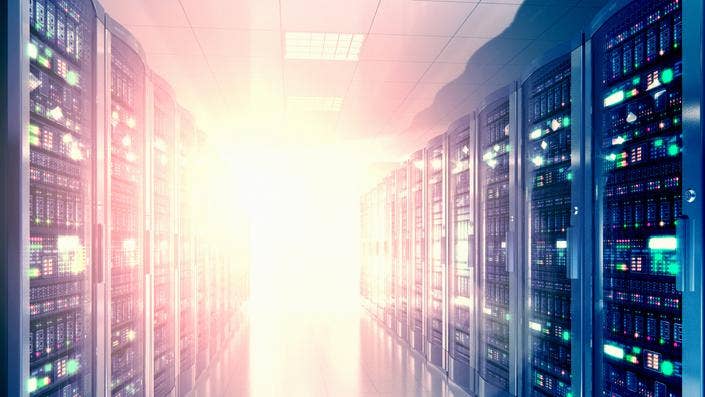
Data Center As-A-Service Gets Real Traction
All of the major data center vendors in the world are betting that customers will want to buy and managed their data center infrastructure in an as-a-service manner. Market leaders like Dell Technologies, Hewlett Packard Enterprise and Lenovo all launched new go-to-market attacks in 2019 around providing new data center as-a-service offerings.
The cloud has disrupted how many businesses buy and consume technology. To make the data center more flexible for customers, vendors are creating new holistic data center architectures that can be bought in a pay-per-use, consumption-based or opex sales motion with a heavy focus on providing customers with value-added services. For example, Dell Technologies launched its Dell Technologies Cloud – which includes Dell’s new Data Center As-A-Service – with various consumption-based or as-a-service pricing models. Dell also launched a new flexible consumption program Dell Technologies On Demand which enables channel partners to sell nearly all of Dell EMC and VMware solutions in a variety of as-a-service ways. Another example is HPE’s mature GreenLake pay per use offering, which pipeline surpassed the $850 million mark in the channel alone.
Businesses mainly bought data center solutions in traditional Capex ways in 2019, but that could change in 2020 as these new data center as-a-service offerings hits the broader market.
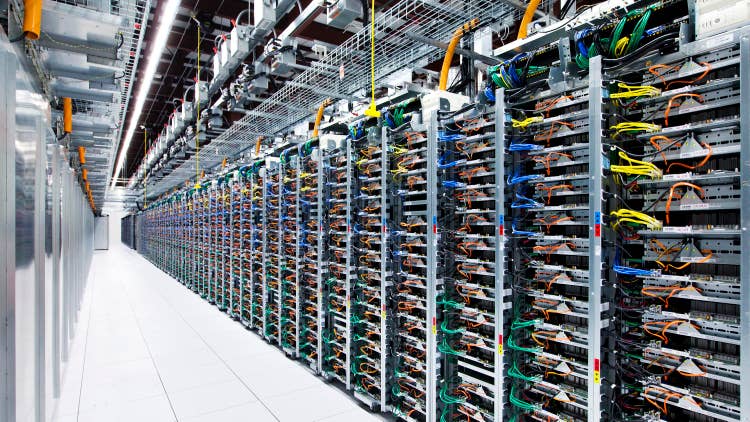
Innovation For More Sustainable Data Centers
Many IT manufacturers hail themselves as environmental champions looking to create a more sustainable planet by creating better energy efficient solutions in the data center. For the most part, data centers are becoming more environmentally friendly through new technology aimed at saving customers money which has led to innovative liquid cooling and data center monitoring tools.
New data centers are being built in 2020 to provide renewable energy options such as allowing customers to purchase 100 percent of their electricity from renewable resources such as wind, sun and biomass. Several data center providers are now installing water-free mechanical systems which leverages cool air from outside.
In a global survey commissioned by Equinix of more than 2,000 IT decision-makers, 45 percent of respondents reported that their customers want them to demonstrate the sustainability of IT infrastructure. One big data center trend to follow in 2020 is vendors making more energy efficient solutions and commitments to please both customers and regulators.
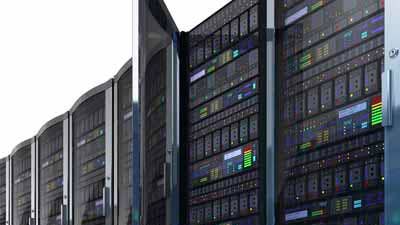
Hyperscaler Operators Take Over Lion’s Share Of Data Center Spending
Hyperscale data center operators – such as Amazon, Google and Microsoft -- accounted for 33 percent of all spending on data enter hardware and software in the first three quarters of 2019, up from 26 percent in 2017 and an increase from 15 percent in 2015, according to Synergy Research Group. The pace of spending on hyperscale data centers isn’t expected to slow down in 2020.
Over half of the servers now being sold are going into cloud providers’ data centers, according to Synergy, and not in enterprises data centers.
“Over the last ten years we have seen a remarkable transformation in the IT market. Enterprises are now spending almost $200 billion per year on buying or accessing data center facilities, but cloud providers have become the main beneficiaries of that spending,” said John Dinsdale, a chief analyst at Synergy.
Hyperscale data centers have been growing at a historic rate over the past six years, with the number of hyperscale data centers tripling since 2013, led by Amazon, Apple, Google, Facebook, and Microsoft. At the end of third the third quarter of 2019, a whopping 504 of these large data centers were being operated with more than 150 new hyperscale centers on the way.
This year could be the breaking point in terms of hyperscale operators spending more on equipping data centers than enterprises do.